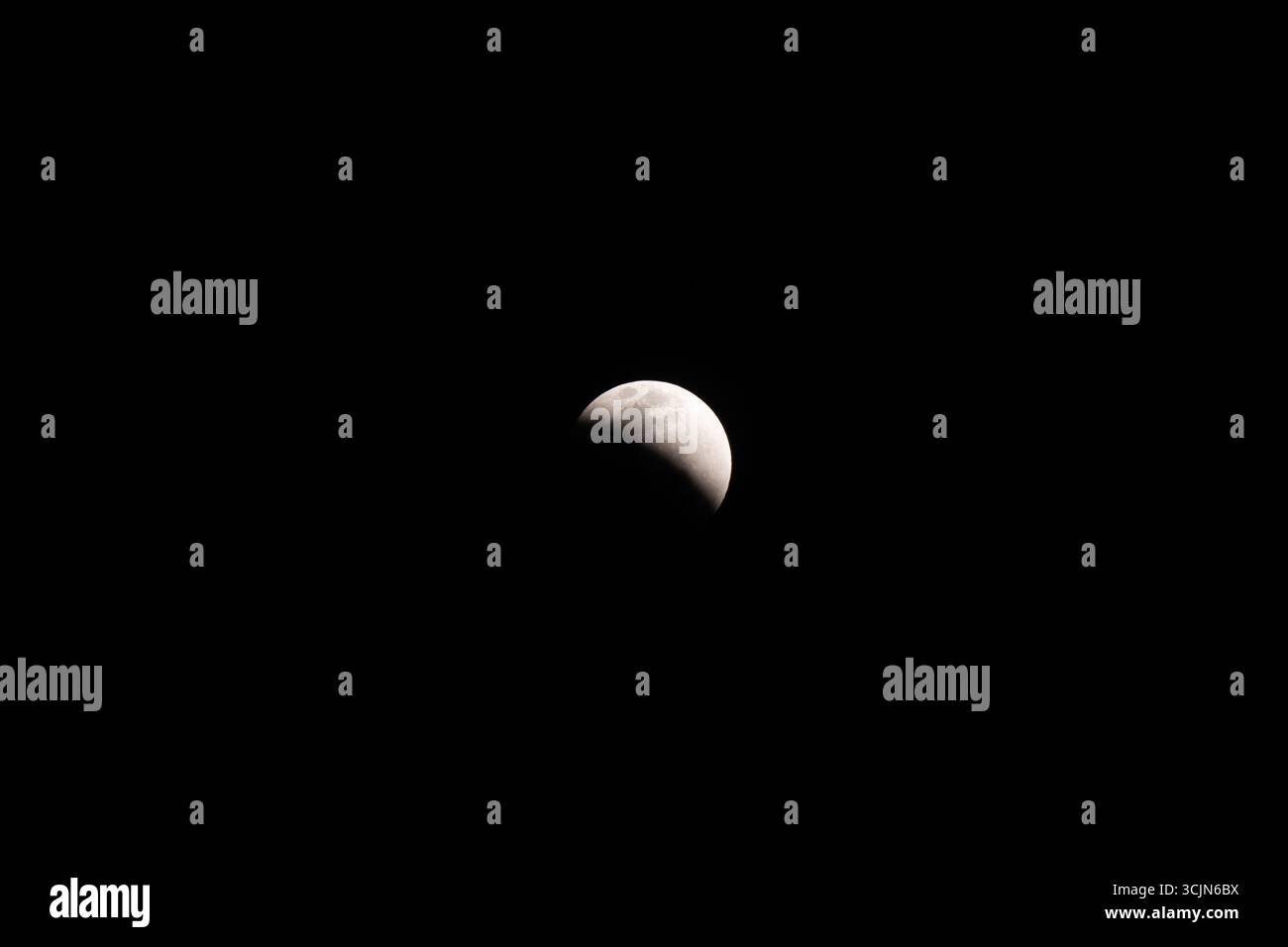
We are approaching a new lunar cycle, signifying that the moon is almost halfway back to us. Following the New Moon last week, it has slowly started to become visible again. There’s a lot to explore and watch with the moon tonight.
What is the moon phase today?
As of Tuesday, Oct. 28, the current moon phase is Waxing Crescent. Tonight, 39% of the moon will be lit, based on NASA’s Daily Moon Observation.
Without any visual equipment, you should be able to see the Mare Crisium, Mare Fecunditatis, and Mare Serenitatis this evening. If you use binoculars, you’ll notice even more features, such as the Endymion Crater, Mare Nectaris, and the Posidonius Crater. With a telescope, you can identify the landing sites of Apollo 11 and 17, in addition to the Valentine Dome, a volcanic dome that NASA mentions is almost as high as the Eiffel Tower. It’s named the Valentine because it resembles a heart in certain lighting conditions.
When will the next full moon be?
The subsequent full moon is set to take place on Nov. 5.
What are the phases of the moon?
NASA details that the moon goes through phases as it completes its orbit around Earth, which lasts 29.5 days. The differing angles formed by the Sun, Moon, and Earth create the various phases we observe. From our perspective on Earth, the moon can look full, partially illuminated, or even completely disappear, yet we always see the same hemisphere. The change occurs in the sunlight reflected off its surface, depending on its position in orbit.
The eight primary moon phases are:
New Moon – The moon is situated between Earth and the sun, resulting in the visible side being dark (effectively invisible).
Waxing Crescent – A small portion of light appears on the right side (Northern Hemisphere).
First Quarter – The right side of the moon is illuminated halfway, resembling a half-moon.
Waxing Gibbous – More than half of the moon is lit, yet it is not entirely illuminated.
Full Moon – The entire face of the moon is lit and fully visible.
Waning Gibbous – The moon starts to lose light on the right side (Northern Hemisphere).
Third Quarter (or Last Quarter) – Another half-moon, but now the left side is lit.
Waning Crescent – A thin sliver of light remains on the left side before it goes dark once more.